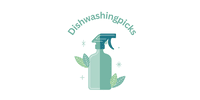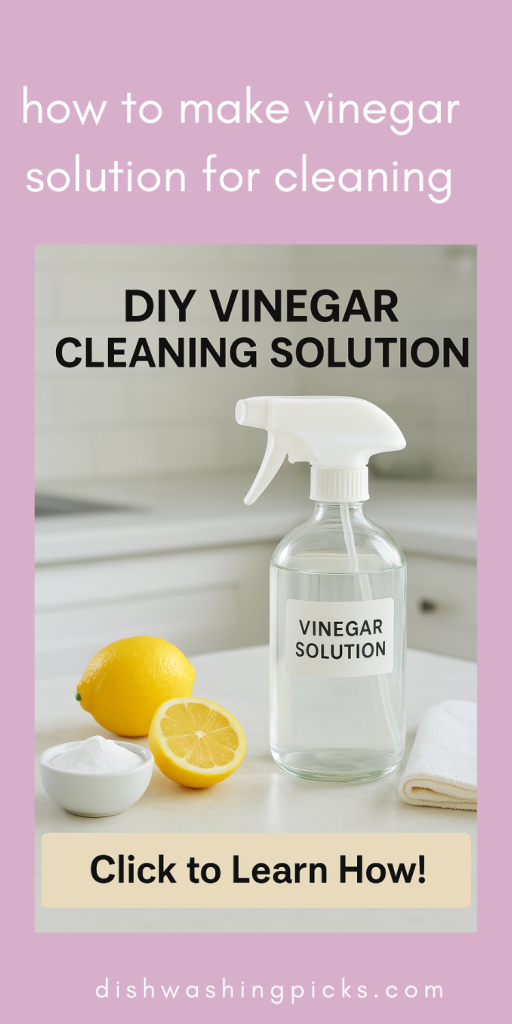Introduction: Why Vinegar Deserves a Spot in Your Cleaning Arsenal
Ever wonder why vinegar seems to pop up in every “natural cleaning hacks” list? Seriously, it’s like the Swiss Army knife of cleaning supplies. Not only is it cheap, but it’s also super versatile and, bonus, non-toxic. That means you can clean your home without turning it into a chemical warfare zone.
Imagine this: you’ve got streaky windows, a smelly sink, or even a stubborn soap scum in your shower. Instead of reaching for some expensive, mystery-scented chemical, a simple vinegar solution can swoop in like a superhero. Intrigued? Good. Let’s dive into how to whip up this magic potion.
Step 1: Gather Your Ingredients and Tools
Alright, don’t panic—it’s not complicated. Here’s what you need:
- White distilled vinegar – The main star. It’s cheap, easy to find, and does most of the cleaning heavy-lifting.
- Water – To dilute the vinegar so it’s safe on surfaces.
- Spray bottle – Makes application easy and satisfying (trust me, spraying things is oddly fun).
- Optional extras: A few drops of essential oils for a nicer smell (lavender, lemon, or tea tree oil work great).
Pro tip: Keep it simple when you start. Don’t overthink ratios or add 10 different oils—you just want something effective and easy.
Step 2: Mix Your Cleaning Solution
Here’s where the magic happens. A standard, all-purpose vinegar solution is usually:
- 1 part vinegar
- 1 part water
So if you fill a cup with vinegar, just add an equal cup of water. Easy-peasy.
Want a bonus tip? For windows and mirrors, you can go a bit stronger: 2 parts vinegar, 1 part water. That extra vinegar helps fight streaks and leave glass sparkling like new.
Now, if you want your house to smell less… well, vinegary, add a few drops of your favorite essential oil to the bottle. Shake it up, and voilà—you’ve got a simple, natural cleaning solution that’s ready to tackle almost anything.
Step 3: How to Use It Around the House
Okay, here’s where most people get confused. Don’t just spray it everywhere willy-nilly. Think strategically:
- Kitchen counters: Spray lightly, wipe with a microfiber cloth. Goodbye, crumbs and grime.
- Bathroom: Perfect for sinks, faucets, and tiles. But avoid natural stone (like marble) because vinegar is acidic and can etch it.
- Windows & mirrors: Spray, then wipe with newspaper or a lint-free cloth for streak-free shine.
- Floors: Mix a mild solution (1/2 cup vinegar per gallon of warm water) and mop away.
Imagine this: you’re in your kitchen, a bit of vinegar mist in the air, a cloth in hand… suddenly that dull countertop looks brand new. Magic, right?
Step 4: Tackling Stubborn Stains and Grime
So, you’ve got your basic vinegar solution, and it’s doing wonders—but what about those annoying tough spots? You know, the kind that mock you every time you scrub?
Here’s the secret: vinegar loves a little teamwork.
- Baked-on grease in the kitchen: Sprinkle a little baking soda on the greasy area first, then spray with your vinegar solution. Watch it fizz like a mini science experiment. Wait a few minutes, then scrub gently. Goodbye, stubborn grease!
- Shower grime and soap scum: Spray undiluted vinegar directly onto the affected tiles or glass. Let it sit for 10–15 minutes before wiping. If you’ve got hard water buildup, don’t be shy—repeat once or twice.
- Microwave funk: Pour a cup of vinegar and water into a microwave-safe bowl, heat it until it steams, then wipe down. Instant deodorizer and grime remover.
See what I mean? Vinegar isn’t just a one-trick pony—it’s more like a versatile sidekick that can take on tough jobs with minimal elbow grease.
Step 5: Deodorizing with Vinegar
Here’s something people don’t talk about enough: vinegar actually neutralizes odors. Not just masking them, but literally attacking the molecules that make your home smell funky.
- Fridge freshness: Place a small bowl of vinegar in the fridge for a few hours. Boom—goodbye mystery smells.
- Garbage cans: Spray vinegar around the inside after cleaning. It keeps things smelling fresh longer.
- Carpet spots: For pet accidents or spills, dab a vinegar solution onto the stain (mix with water 1:1), let it sit, then blot with a cloth. Works wonders.
Think of vinegar as a stealthy odor ninja. It’s quiet, effective, and won’t trigger chemical noses like some commercial cleaners do.
Step 6: Safety & Tips for Best Results
Before you go on a vinegar-cleaning spree, a few friendly tips:
- Avoid natural stone: Marble, granite, and limestone hate vinegar. Use a mild soap solution instead.
- Spot test first: Spray a hidden area to make sure no surface reacts badly.
- Don’t mix with bleach: Bad idea. It creates toxic chlorine gas. Stick to natural combos like baking soda or essential oils.
- Store properly: Keep your spray bottle away from direct sunlight to preserve effectiveness.
And remember, vinegar works best when you don’t rush it. A few minutes of soaking and gentle scrubbing can save you a lot of elbow fatigue later.
Bonus Hacks: Vinegar Cleaning Secrets
Ready for some “wow, I didn’t know that” moments? Vinegar isn’t just for countertops and mirrors—it can handle all sorts of household headaches.
- Coffee maker refresh: Over time, your coffee machine collects mineral deposits. Fill the reservoir with equal parts water and vinegar, run a brew cycle (no coffee!), then rinse thoroughly with water. Voilà—like-new coffee taste.
- Unclog and deodorize drains: Pour a half-cup of baking soda down the drain, followed by a half-cup of vinegar. Let it fizz for 10–15 minutes, then rinse with hot water. Goodbye slow drains and funky odors!
- Laundry boost: Add half a cup of vinegar to your washing machine during the rinse cycle. It softens clothes, brightens colors, and neutralizes odors—bonus, it’s natural fabric care.
- Shiny stainless steel: Spray a little vinegar on your fridge, appliances, or sink, then wipe with a microfiber cloth. Instant gleam without streaks.
- Pet odors: If Fido had a little accident on the floor, dab the spot with a vinegar solution, let it sit, and blot. Not only does it clean, it helps neutralize lingering smells.
See the pattern? Vinegar isn’t just a cleaner—it’s a multi-tasking hero that quietly takes care of what many commercial products can’t do naturally. And the best part? You probably already have it in your kitchen cabinet.
Wrapping It Up: Your Vinegar Superpower
So, what’s the takeaway here? Making and using a vinegar cleaning solution is ridiculously simple, cheap, and effective. With a little know-how, you can tackle grime, odors, and stains all over your home, all while keeping things natural and safe.
Think of it this way: a small bottle of vinegar is like a tiny superhero in your cleaning arsenal. Cheap, non-toxic, and unbelievably versatile. And the more you experiment, the more you’ll discover new tricks that work for your space.
Next step? Grab that vinegar, mix your first solution, and start with one small task today—maybe your bathroom sink or your mirrors. You’ll be amazed at how satisfying it feels to see that sparkle appear.

